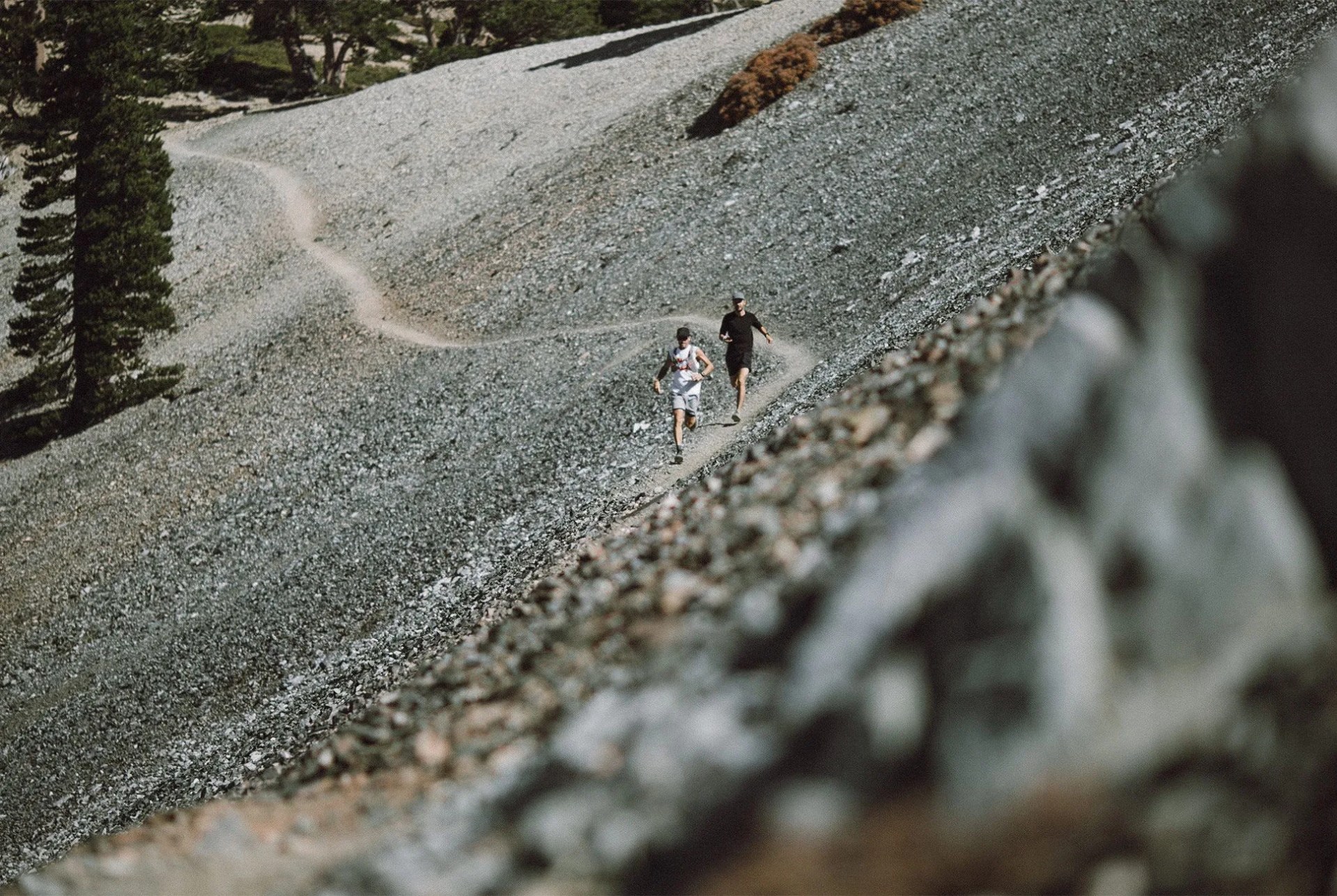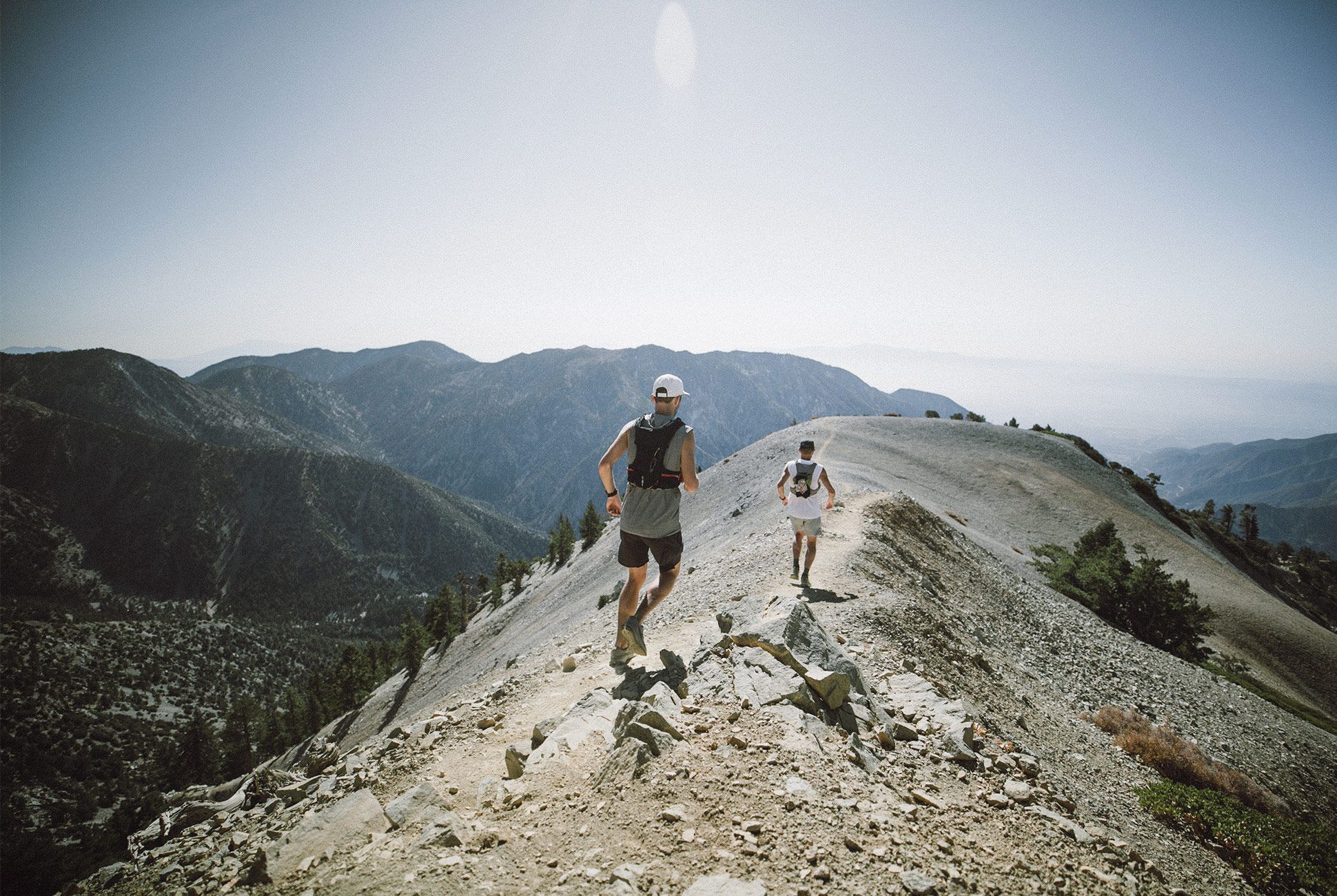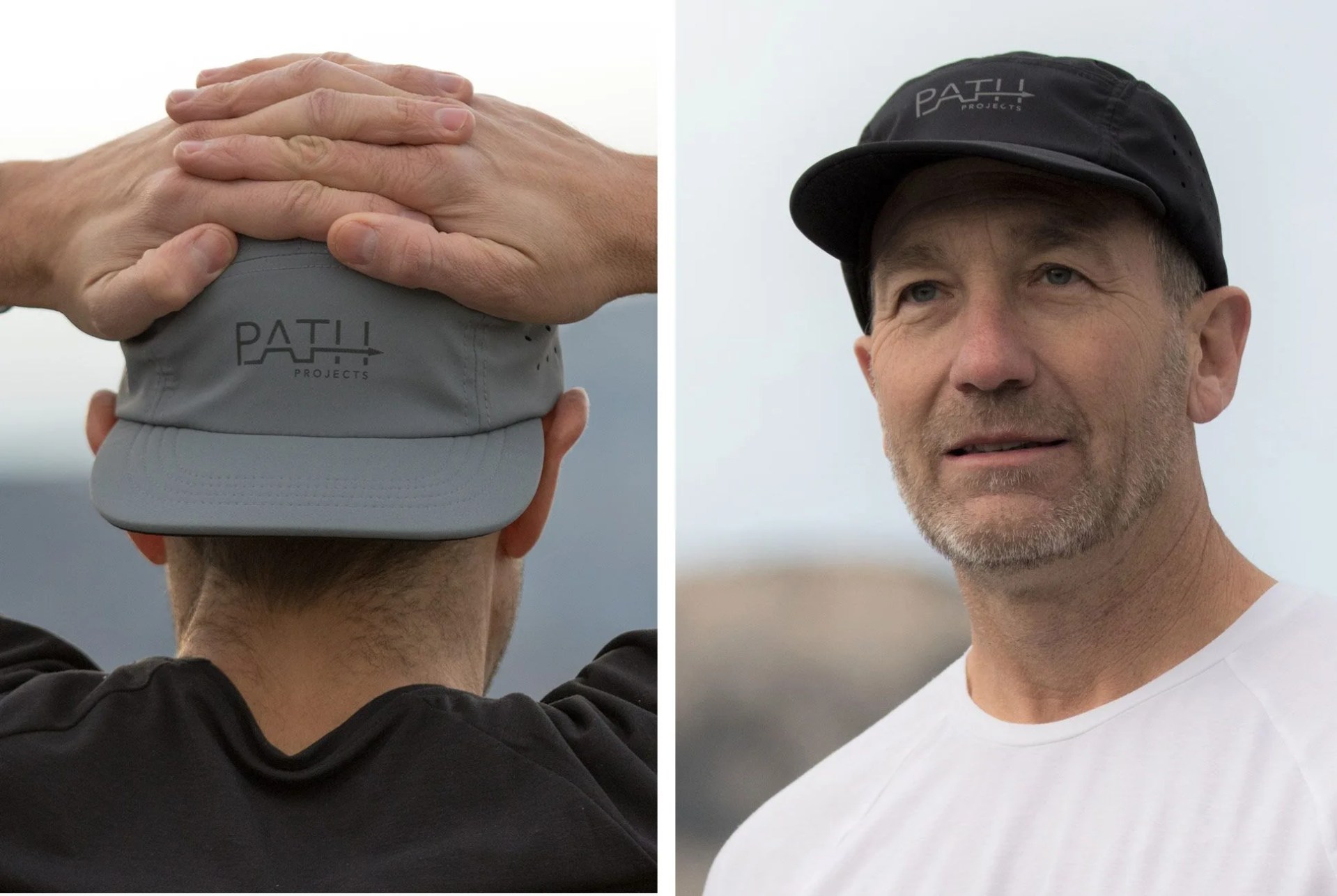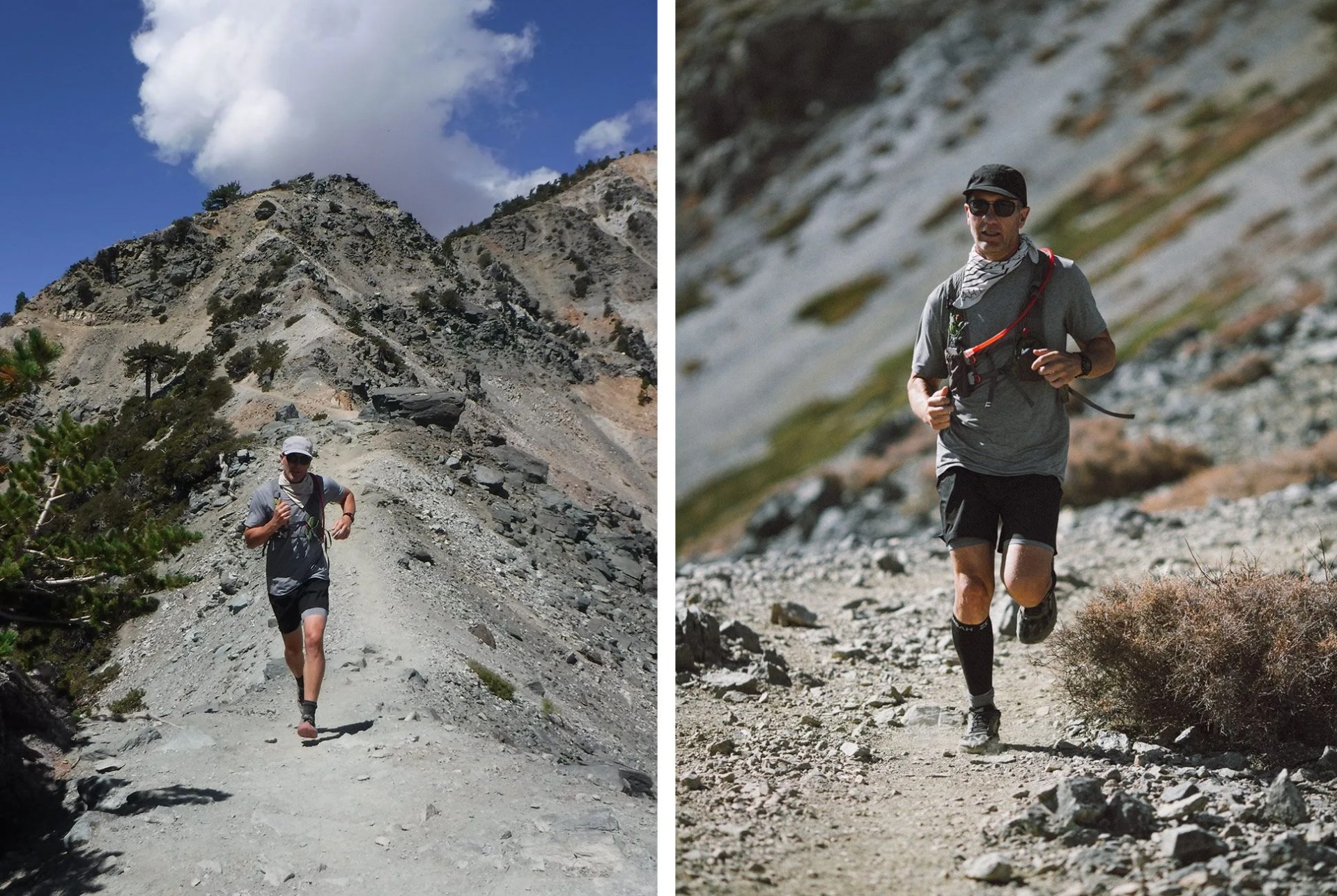Of all fitness undertakings, if exercise were to have a single, identifying emblem, it would be running. Running has been a sport forever, or at least since the first Olympic games took place in Ancient Greece in 776 BC (the single event was a sprint). But it wasn’t until the 1960s that running as a form of casual, everyday training began to catch on. And when that happened, running apparel entered the mainstream.
Running gear peaked soon thereafter. Spandex had just been invented, Nike had just been founded and a gradual shortening of running shorts’ inseam that occurred throughout the 19th and 20th centuries reached its terminus (although to be fair, the Ancient Greeks had this beat; they ran naked). Materials and designs have changed since the ’60s and ’70s, but not much.
Until now. Running apparel is once again experiencing a renaissance. A new class of smaller brands is taking on corporate companies with gear that’s thoughtful, design-forward and not plastered with flashy neon colors. Tracksmith does it with trademark New England panache, and Satisfy does it with an experimental, fashion-forward purview, to name a few.
The gear these brands are producing is excellent, but it isn’t cheap; premium materials and designs come with premium prices. And somehow, that doesn’t seem right. After all, running has no barrier to entry; it’s popular because anyone can do it. Luckily, Scott Bailey, the man who helped found skateboard brands KR3W and SUPRA, wants to change this. Bailey has been fed up with the ubiquity of sub-par running clothing for a while now, and last year he decided to do something about it. He decided to make his own brand, with two rules in mind: it had to be made with the best materials, and it had to be affordable — thus, PATH Projects was born. Below, we chat with Bailey about how he went from skateboarding to running, his favorite direct-to-consumer brands and how to make the perfect running shorts.

Q: How did PATH PROJECTS start?
A: I had been trying to find a short that I liked that worked well for long distances and extreme conditions. I searched far and wide and I couldn’t find a short that I thought was good, and it really frustrated me and it kind of became a mission to try and find that short. It kind of surprised me that in outerwear and all these other really technical garments there were companies that are really focused on amazing materials and function and, indeed the price points would be higher, but I just couldn’t believe that nobody was doing that in running, something that took such a technical product to really perform well.
It was born out of frustration.


